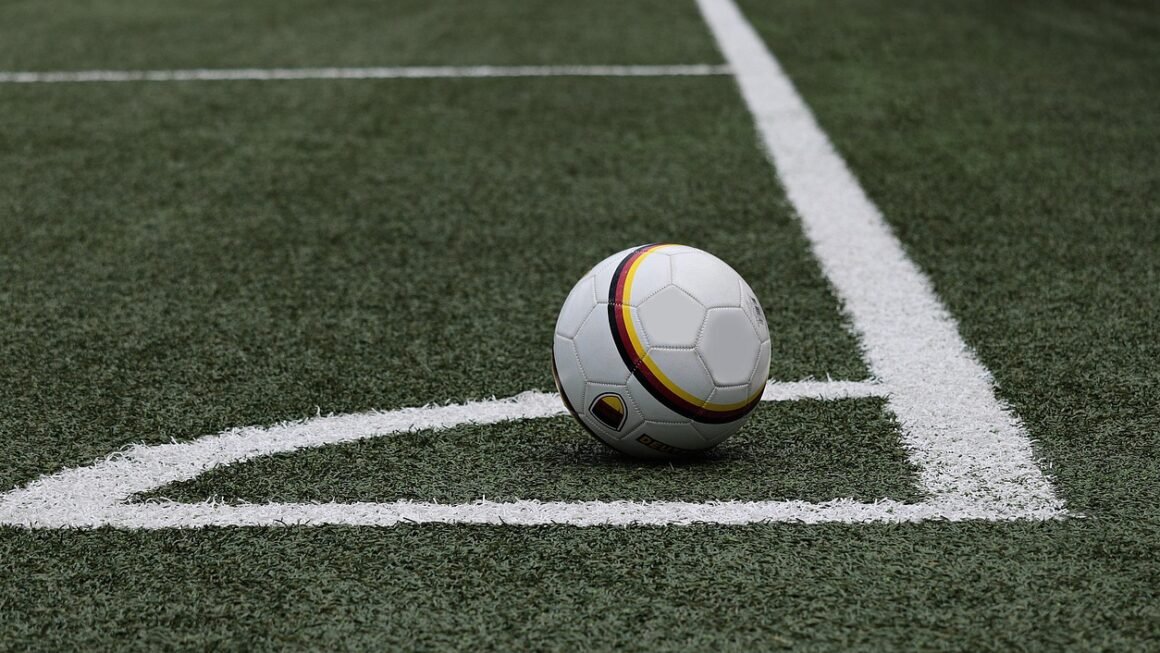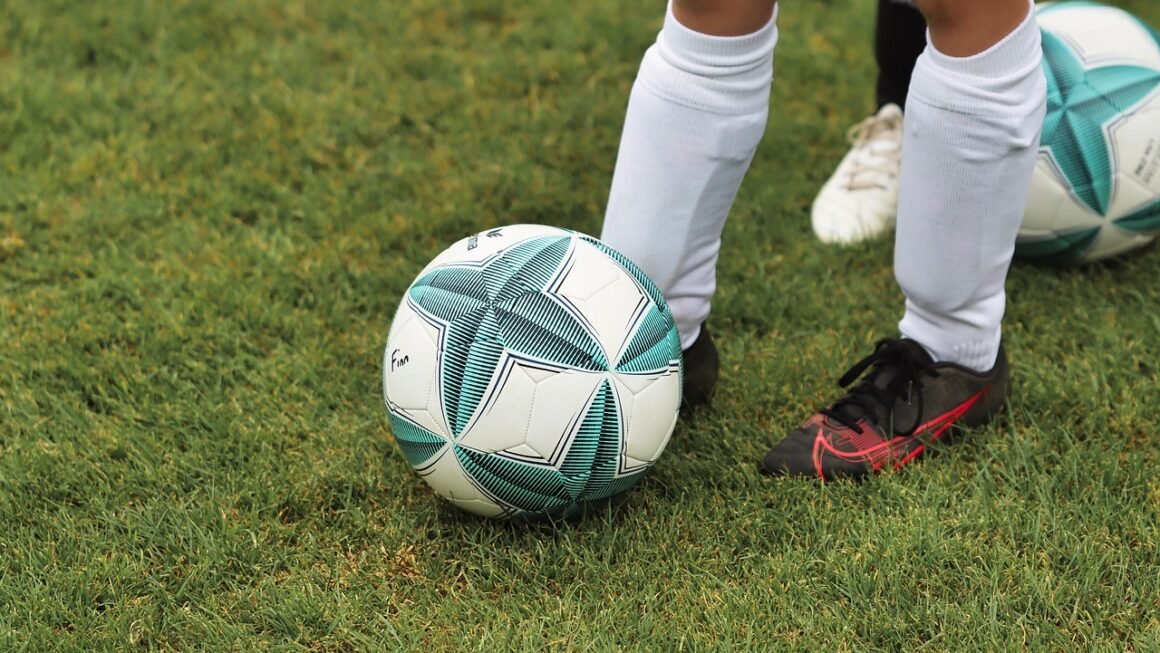Tennis, a sport enjoyed by millions worldwide, is more than just hitting a ball over a net. It’s a dynamic blend of strategy, athleticism, and mental fortitude. Whether you’re a seasoned player, a curious beginner, or simply a fan, understanding the nuances of this captivating game can deepen your appreciation and potentially improve your own play. This comprehensive guide explores various facets of tennis, from its fundamental techniques to advanced strategies and essential equipment.
Mastering the Fundamentals of Tennis
Grip Techniques
The grip you use significantly impacts your shot’s power, control, and spin. There are several common grips, each with its strengths and weaknesses.
- Continental Grip: Often used for serves, volleys, and slices, this grip allows for quick reactions and versatile shot-making close to the net. Imagine holding a hammer when using this grip.
- Eastern Forehand Grip: A beginner-friendly grip that offers a good balance of power and control. The base knuckle of your index finger and the heel of your hand should be on the same bevel of the racquet handle.
- Semi-Western Forehand Grip: A popular choice among modern players, this grip generates significant topspin, allowing for higher net clearance and increased consistency.
- Western Forehand Grip: A more extreme grip used for generating massive topspin, ideal for players who like to hit high-bouncing balls from the baseline. However, it can be challenging to handle low balls.
- Practical Example: Experiment with different grips to see which one feels most comfortable and allows you to generate the desired spin and power for your forehand. Consider consulting a coach for personalized advice.
Basic Strokes
A solid foundation in the core strokes is crucial for any tennis player.
- Forehand: The most common stroke, hit on your dominant side. Focus on stepping into the ball, maintaining a stable base, and following through towards your target.
- Backhand: Hit on your non-dominant side. Can be executed with one hand or two, each offering different advantages. A two-handed backhand generally provides more stability and control, while a one-handed backhand offers greater reach and potential for slice.
- Serve: The most important shot in tennis, as it starts the point. Develop a consistent toss, generate power from your legs and core, and aim for placement rather than just raw speed.
- Volley: A shot hit before the ball bounces, typically near the net. Requires quick reflexes and precise footwork. Keep your racquet head up and punch the ball forward.
- Actionable Takeaway: Practice these strokes regularly, focusing on proper technique and consistent contact. Consider filming yourself to identify areas for improvement.
Developing Effective Tennis Strategies
Singles Strategy
Singles tennis demands a blend of aggression, defense, and tactical awareness.
- Baseline Game: Many singles matches are won or lost from the baseline. Developing consistent groundstrokes and the ability to dictate the pace of play are essential.
- Net Play: Approaching the net can put pressure on your opponent, but it requires decisive volleys and the ability to cover the angles.
- Serving Strategy: Vary your serve placement and spin to keep your opponent guessing. A well-placed serve can earn you easy points or set up advantageous positions.
- Exploiting Weaknesses: Identify your opponent’s weaknesses and exploit them relentlessly. This could involve targeting their backhand, hitting behind them, or using drop shots to bring them forward.
- Understanding Matchup Dynamics: Certain styles clash well with others. Understanding these matchups and adjusting your strategy accordingly can prove decisive. For instance, a counter-puncher may want to lengthen the points against an aggressive baseliner.
- Practical Example: If your opponent struggles with low balls, use slice shots to force them to bend low and generate their own power.
Doubles Strategy
Doubles tennis requires strong teamwork, communication, and strategic positioning.
- Positioning: The standard formation involves one player at the net and one at the baseline. Communication is vital to determine who covers which shots.
- Serving and Returning: Focus on serving strategically to set up your partner at the net. The returner should aim to hit deep and crosscourt, forcing the server to volley up.
- Poaching: The net player should be aggressive and look for opportunities to poach, intercepting balls and putting pressure on the opponents.
- Communication: Constant communication between partners is essential for coordinating movement, covering the court, and making quick decisions.
- I-Formation: A less common formation, but very effective. The server’s partner stands at the service line and moves laterally just before the serve to cut off the return.
- Actionable Takeaway: Practice doubles drills with your partner to improve your communication and coordination. Focus on covering the net effectively and executing poaches.
Choosing the Right Tennis Equipment
Racquets
The racquet is your primary tool, and selecting the right one is crucial for performance and comfort.
- Head Size: Larger head sizes offer a bigger sweet spot, providing more forgiveness on off-center hits. Smaller head sizes offer more control and precision.
- Weight: Heavier racquets provide more power and stability, while lighter racquets are easier to maneuver.
- Balance: Head-heavy racquets offer more power, while head-light racquets are more maneuverable.
- Grip Size: An improperly sized grip can lead to discomfort and injury. To determine your grip size, measure the distance from the tip of your ring finger to the second crease in your palm.
- String Tension: Lower string tension provides more power and comfort, while higher string tension offers more control and spin.
- Practical Example: Demo different racquets before making a purchase to find the one that best suits your playing style and preferences. Consider your skill level, swing speed, and playing frequency.
Shoes
Tennis shoes are specifically designed to provide support, stability, and cushioning for the lateral movements and quick stops required in the sport.
- Outsole: Look for durable outsoles that can withstand the wear and tear of hard courts.
- Midsole: Cushioning in the midsole is essential for absorbing impact and preventing injuries.
- Upper: A breathable upper will keep your feet cool and comfortable.
- Support: Ankle support is crucial for preventing sprains and other injuries.
- Actionable Takeaway: Invest in a good pair of tennis shoes that provide adequate support and cushioning. Replace your shoes regularly to maintain optimal performance and prevent injuries.
Apparel and Accessories
Comfortable and functional apparel can enhance your performance on the court.
- Clothing: Choose breathable, moisture-wicking fabrics that allow for freedom of movement.
- Hats and Visors: Protect your eyes from the sun with a hat or visor.
- Wristbands: Absorb sweat and prevent it from dripping onto your hands and interfering with your grip.
- Tennis Balls: Use high-quality tennis balls that maintain their bounce and consistency. Different tennis balls are suitable for different court types (hard court, clay court, etc.).
Injury Prevention and Conditioning
Warm-up and Cool-down
Proper warm-up and cool-down routines are essential for preventing injuries and maximizing performance.
- Warm-up: Start with light cardio, such as jogging or jumping jacks, followed by dynamic stretches that mimic tennis movements. Examples include arm circles, leg swings, and torso twists.
- Cool-down: End your session with static stretches, holding each stretch for 20-30 seconds. Focus on stretching the major muscle groups used in tennis, such as the shoulders, back, legs, and core.
Strength and Conditioning
Developing strength and endurance can improve your performance and reduce your risk of injury.
- Strength Training: Focus on exercises that target the core, legs, and upper body. Examples include squats, lunges, push-ups, and rows.
- Cardiovascular Training: Improve your endurance with activities such as running, cycling, or swimming.
- Flexibility Training: Maintain flexibility with regular stretching and yoga.
Common Tennis Injuries
Understanding the common injuries in tennis is important for prevention.
- Tennis Elbow: Inflammation of the tendons in the elbow, caused by overuse and repetitive movements.
- Shoulder Injuries: Rotator cuff tears and impingement are common due to the overhead motion of serving.
- Ankle Sprains: Occur due to sudden changes in direction and uneven surfaces.
- Knee Injuries: Meniscus tears and ligament strains can occur due to the high-impact nature of the sport.
- Actionable Takeaway:* Consult with a physical therapist or athletic trainer to develop a personalized conditioning program that addresses your specific needs and weaknesses. Always listen to your body and stop if you experience pain.
Conclusion
Tennis is a rewarding sport that offers a multitude of physical, mental, and social benefits. By mastering the fundamentals, developing effective strategies, choosing the right equipment, and prioritizing injury prevention, you can enhance your performance and enjoyment of the game. Whether you’re a beginner or an experienced player, there’s always something new to learn and improve upon. So grab your racquet, head to the court, and start your tennis journey today!



